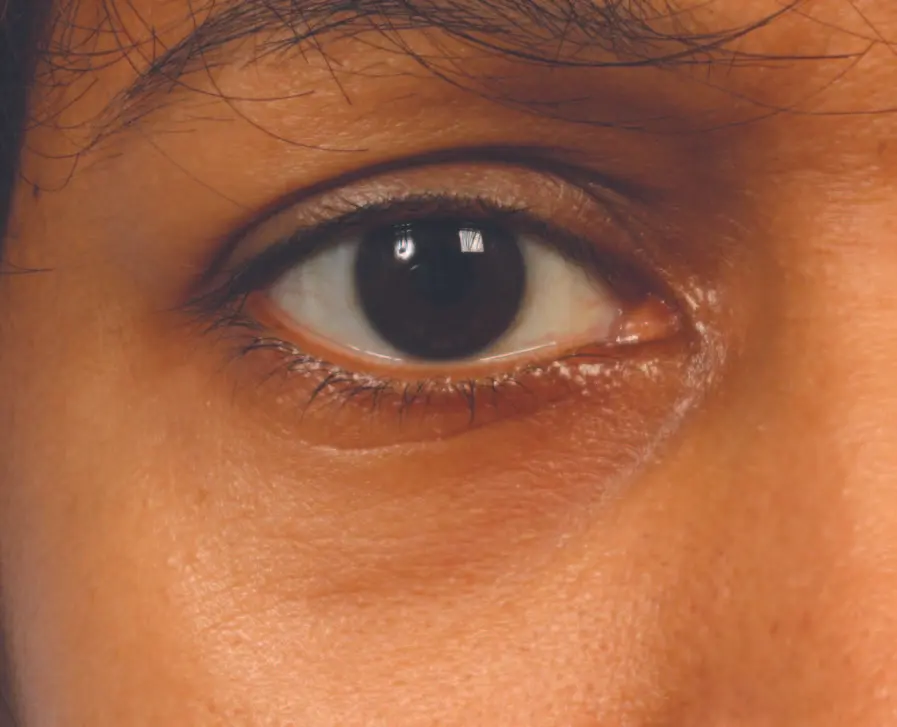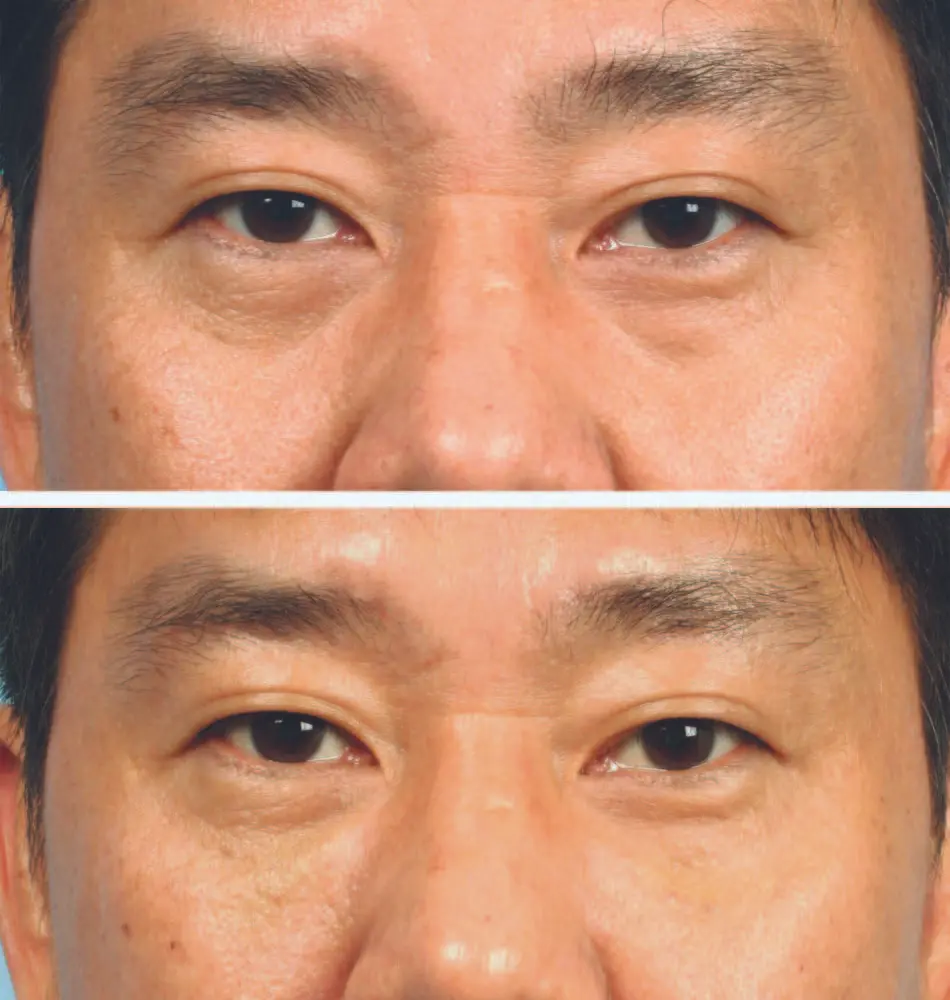
Tear trough filler treatments have gained immense popularity for their ability to rejuvenate the under-eye area, giving a more youthful and rested appearance. If you are considering this treatment, it’s essential to understand what it involves, its benefits, potential risks, and what to expect during and after the procedure. This comprehensive guide will help you make an informed decision before your first tear through filler treatment.
What is a Tear Trough Filler?
A tear trough filler is a non-surgical cosmetic procedure that involves injecting hyaluronic acid or other dermal fillers into the area under the eyes to reduce dark circles, hollowness, and fine lines.
The primary goal of tear trough fillers is to create a smoother transition between the under-eye area and the cheeks. This procedure works by filling in the hollows that can create shadows, making you look tired. Most fillers are made from hyaluronic acid, a substance naturally found in the skin that helps retain moisture and add volume. The treatment is known for its natural-looking results.
Individuals who have noticed signs of aging, such as volume loss under the eyes, may find tear trough fillers particularly beneficial. These fillers can also address genetic hollowness that some people experience, even at a younger age. Notably, while the treatment can be highly effective, it’s unsuitable for those with severe skin laxity or certain medical conditions, making an initial consultation essential.
Benefits of Tear Trough Fillers
Tear trough fillers can provide immediate improvements in the under-eye area, making you look more rested and youthful. The procedure is minimally invasive with little to no downtime, offering a quick boost to your appearance.
One of the significant advantages of tear trough fillers is their ability to deliver almost instantaneous results. Post-procedure, many patients observe a noticeable reduction in under-eye hollowness and dark circles. This immediate improvement can significantly boost self-confidence, as the under-eye area often plays a pivotal role in overall facial aesthetics.
Another benefit is the longevity of the results. Depending on the type of filler used and individual factors like metabolism, the effects of tear trough fillers can last from six months to over a year. This durability makes it a cost-effective beauty solution for those seeking long-term improvement without frequent touch-ups. Moreover, the treatment can be customized to each individual’s needs, ensuring a natural result that enhances rather than alters your appearance.
Potential Risks and Side Effects
As with any cosmetic procedure, tear trough fillers have potential risks such as bruising, swelling, or even lumpiness in the treated area. It’s crucial to consult a qualified professional to minimize risks.
While the treatment is generally considered safe, there are some rare but more severe complications to be aware of. For instance, improper injection techniques can lead to overfilling or uneven filler distribution, resulting in a lumpy appearance. In very rare cases, there is a risk of vascular complications if the filler is accidentally injected into a blood vessel, which underscores the importance of choosing an experienced practitioner.
It’s also worth noting that some individuals may experience an allergic reaction to the filler material. However, this is extremely rare given that most fillers are made from hyaluronic acid, a substance naturally found in the body. However, understanding these potential risks can help you make an informed decision and follow all pre- and post-procedure guidelines for a smoother recovery process.
The Treatment Process: What to Expect
Understanding the step-by-step process of the treatment can help ease any anxiety. This section covers the consultation, the actual injection process, and what to expect immediately after the procedure.
The journey begins with an initial consultation where the practitioner assesses your under-eye area and discusses your aesthetic goals. During this session, you’ll also review your medical history to ensure that you are a suitable candidate for the procedure. It’s an excellent opportunity to ask any questions you might have about the treatment and its outcomes.
On the day of the treatment, a numbing cream may be applied to minimize discomfort during the injections. The practitioner then strategically injects the filler into the tear trough area using a fine needle or cannula. The procedure typically takes 30 minutes to an hour, depending on the complexity. You may experience some minor discomfort or a slight pinching sensation, but overall, it’s considered a tolerable process.
Immediately after the procedure, you may notice some redness, swelling, or minor bruising, which generally subsides within a few days. It’s advisable to apply a cold compress and avoid strenuous activities for a day or two to minimize swelling. Patients are pleasantly surprised at how quickly they see improvement, with many reporting enhanced under-eye appearance when the initial swelling goes down.
Aftercare and Recovery Tips
Post-treatment care is essential for optimal results. Learn what you should do—and avoid—after getting tear-trough fillers to ensure a smooth and quick recovery.
One of the first aftercare steps is to keep your head elevated for the initial 24-48 hours to reduce swelling. Avoid touching or massaging the treated area unless instructed by your doctor, as this can displace the filler. Applying a cool compress can help alleviate any initial discomfort or swelling, but make sure not to apply ice directly to the skin.
Another critical aspect of aftercare is avoiding intense physical activities, including heavy lifting and strenuous workouts, for at least 48 hours post-treatment. Such activities can increase blood flow to the area, exacerbating swelling. It’s also advised to abstain from alcohol and limit caffeine intake during the recovery period, as these can contribute to swelling and bruising.
Lastly, adhering to your follow-up appointments is crucial. These sessions allow your practitioner to assess the results and make any necessary adjustments. This is also the time to discuss any concerns or side effects you might be experiencing. By following these aftercare guidelines, you can maximize the longevity and effectiveness of your tear trough filler treatment.
How to Choose the Right Practitioner
Choosing a skilled and experienced practitioner is crucial. This section provides tips on what to look for, including credentials, reviews, and the importance of a thorough consultation.
Start by researching practitioners who specialize in tear-trough fillers. Look for qualifications such as board certification in dermatology or plastic surgery, as these credentials indicate a high level of expertise. Reading online reviews and patient testimonials can provide additional insights into the practitioner’s reputation and the quality of their work.
The consultation is a critical component of the selection process. During this meeting, assess the practitioner’s willingness to answer your questions and explain the procedure in detail. They should provide a clear overview of the potential risks, benefits, and what to expect during recovery. A reputable practitioner will also have a portfolio of before-and-after photos of previous patients, allowing you to gauge their skill and aesthetic sensibility.
Making an Informed Decision About Tear Trough Fillers
Undergoing a tear trough filler treatment can be a transformative experience when done correctly. Being well-informed about the procedure, its benefits, potential risks, and aftercare can significantly enhance your overall experience and results. If you are considering this treatment, consult with a qualified professional to see if it’s the right choice for you.
Posted on behalf of
640 South San Vicente Blvd Suite# 410
Los Angeles, CA 90048

